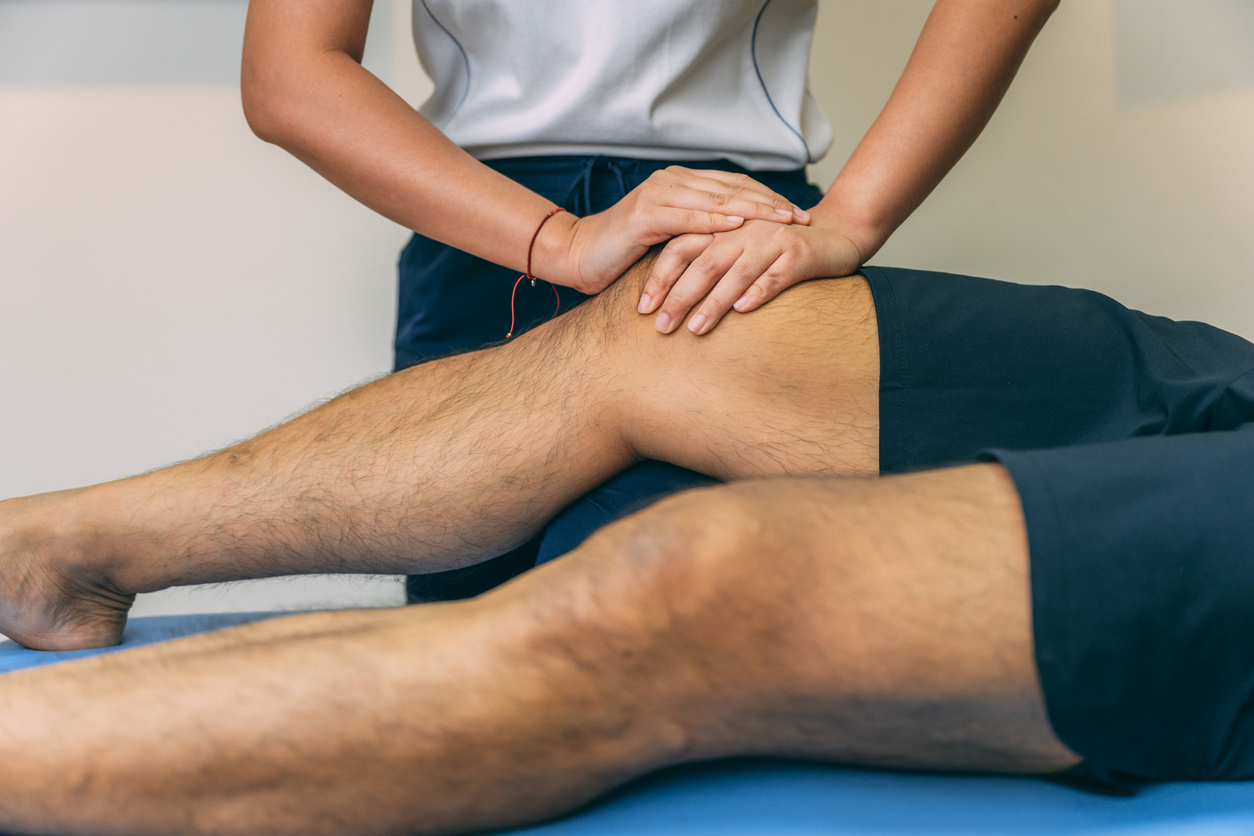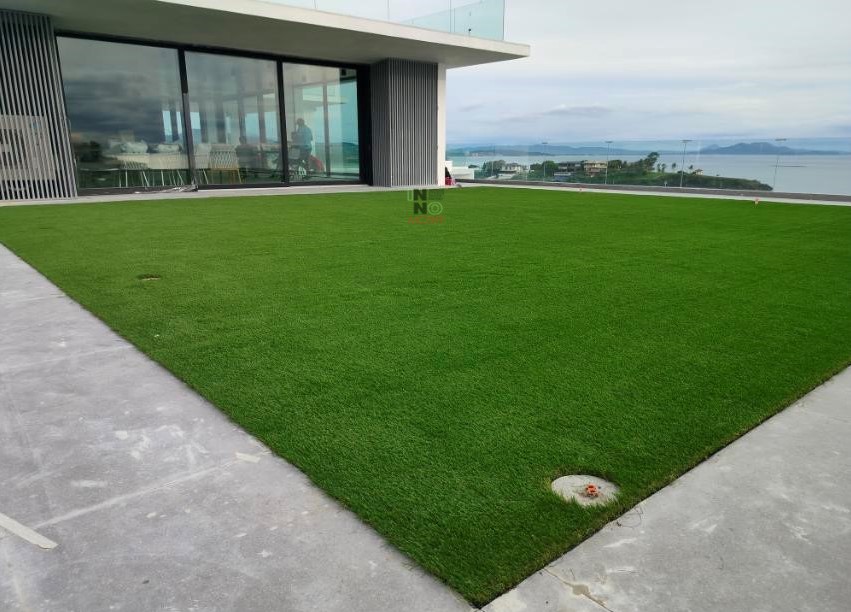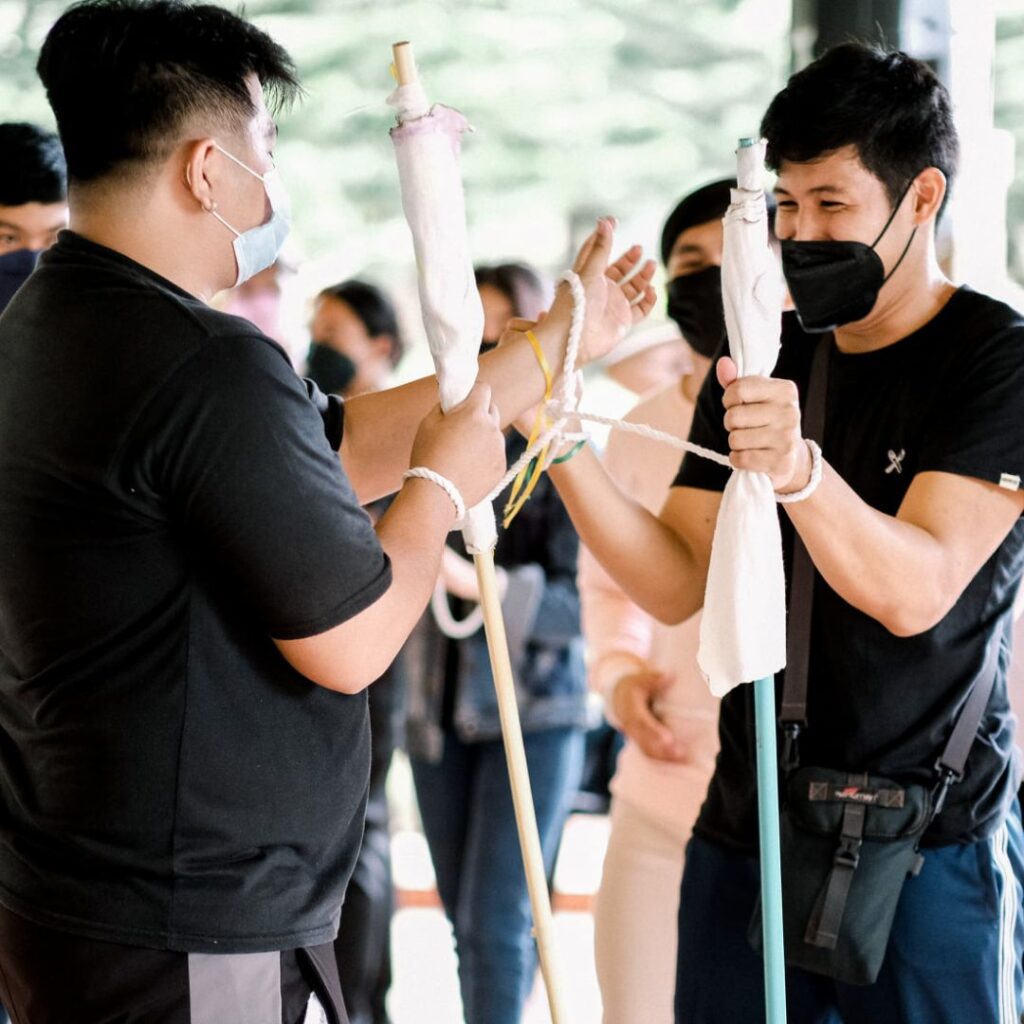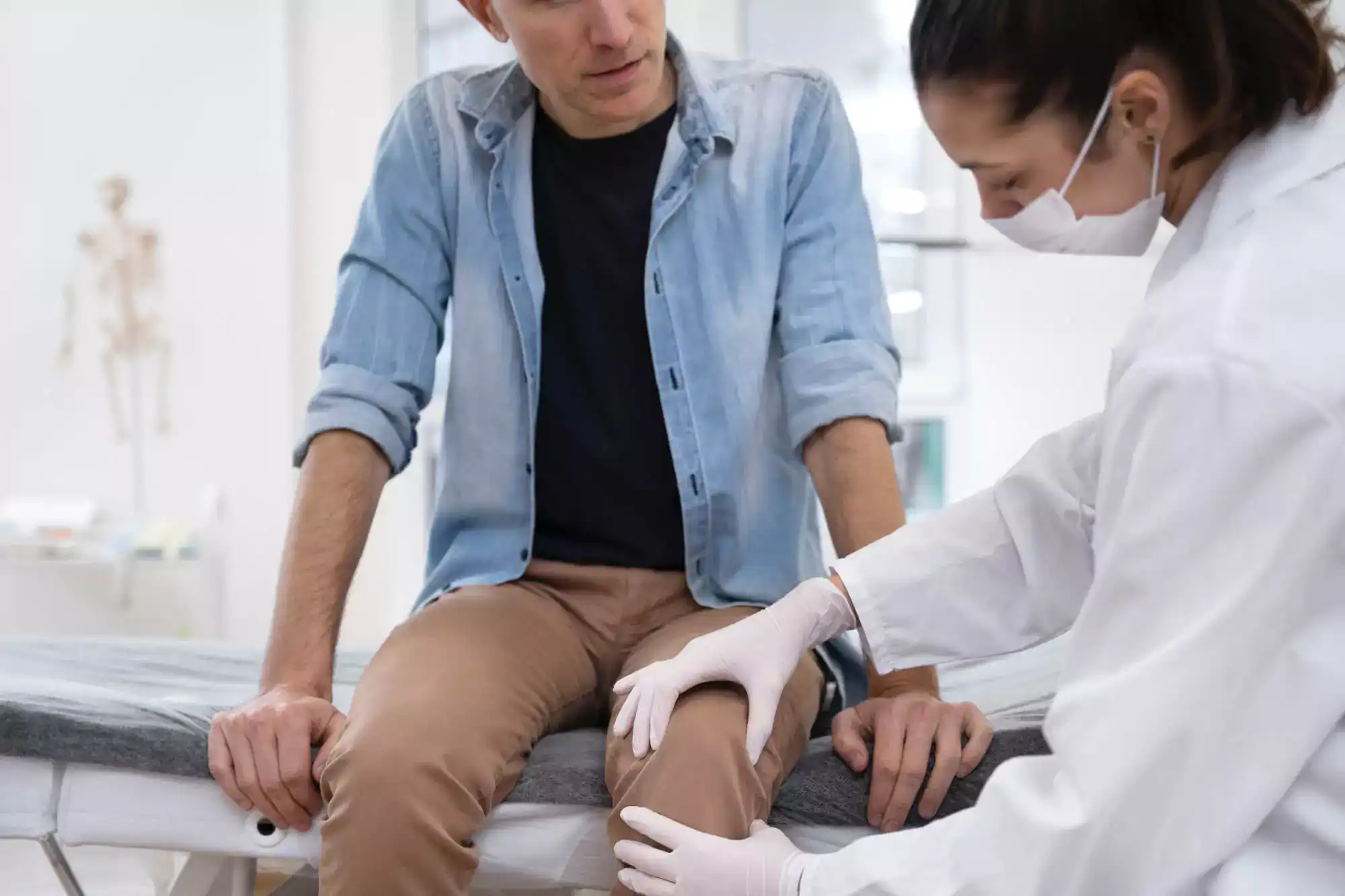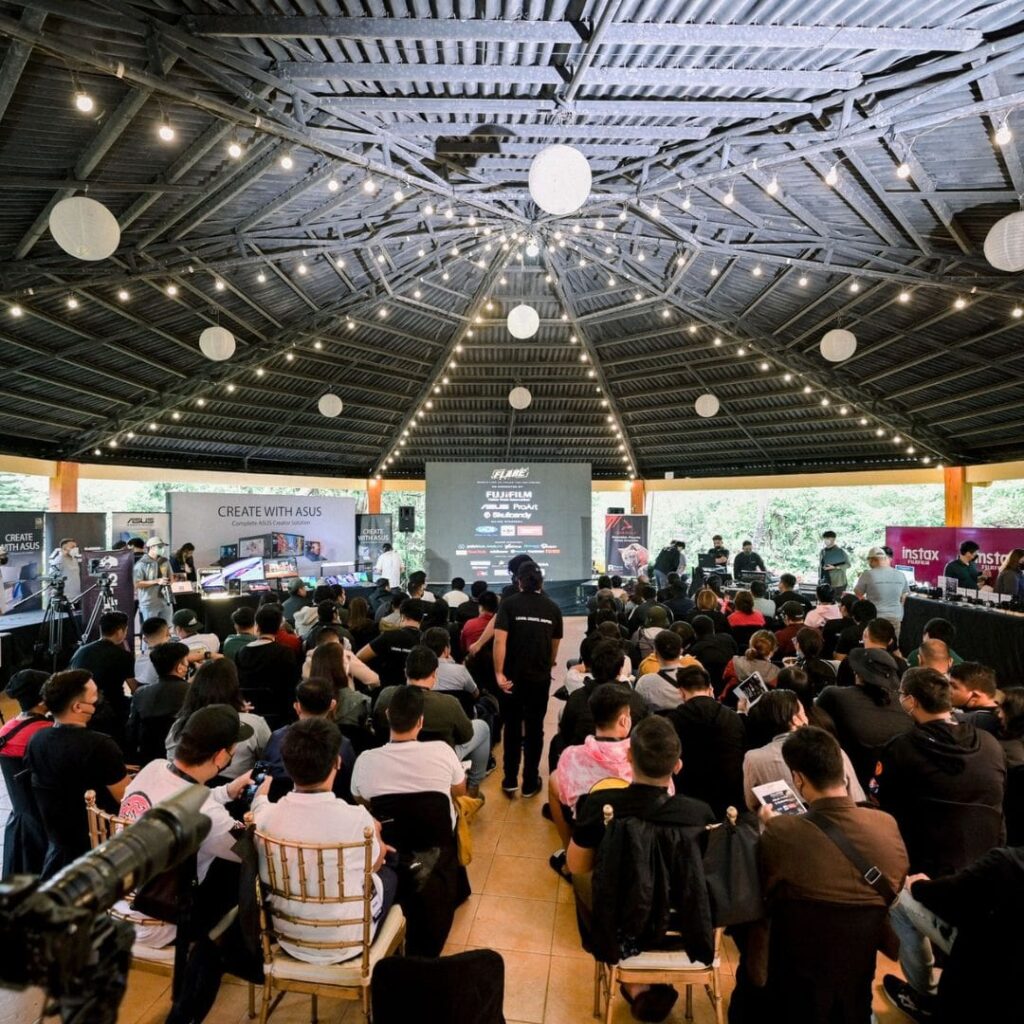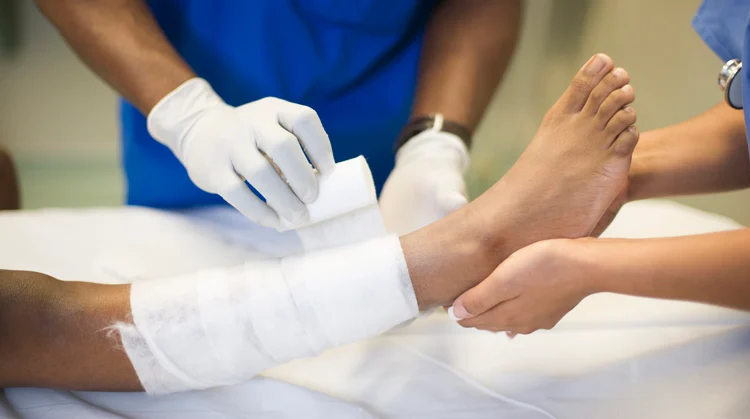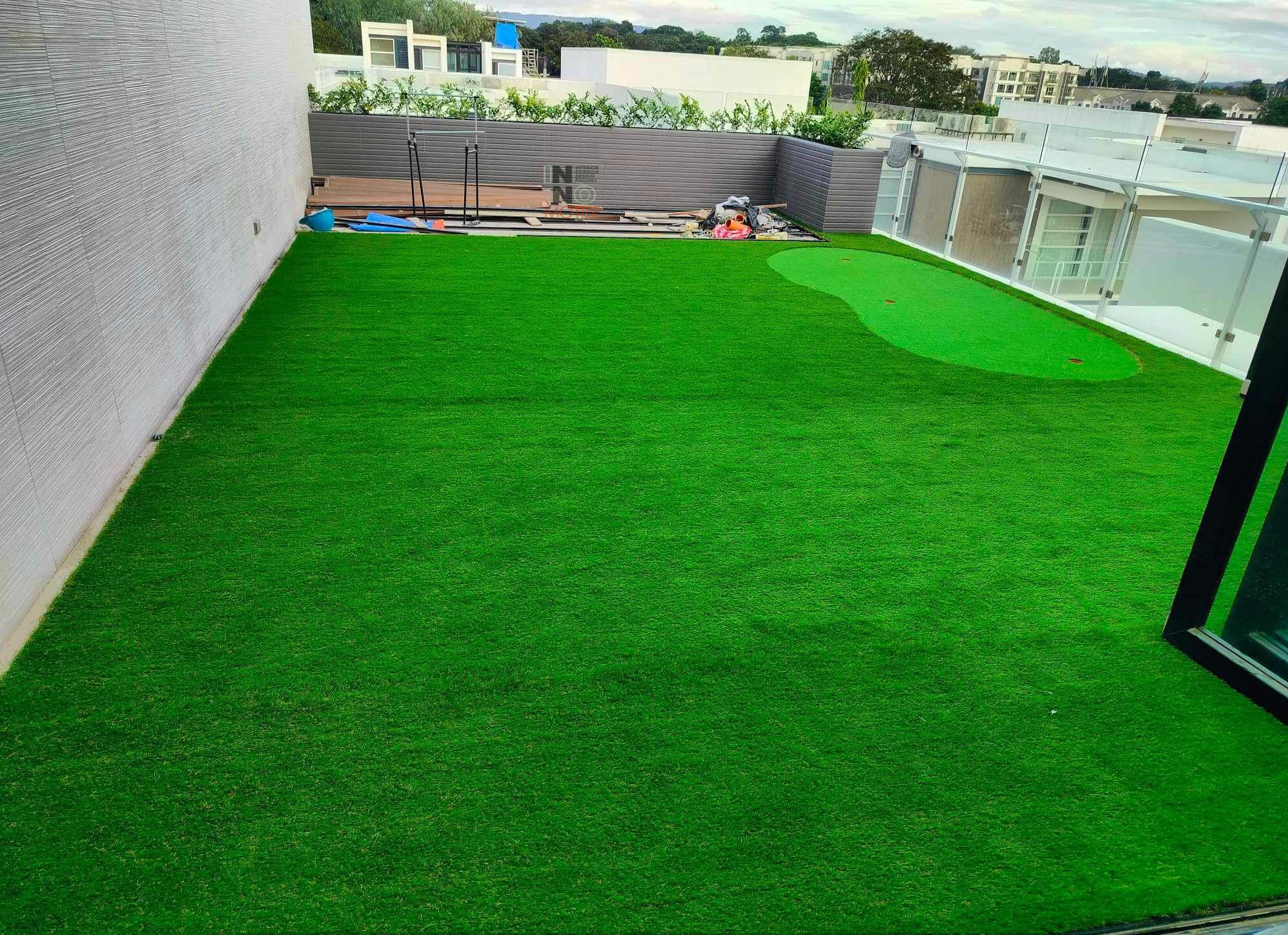ACL (Anterior Cruciate Ligament) reconstruction surgery is a crucial procedure for restoring knee stability and function, especially after a tear or injury. While the surgery itself addresses the structural damage to the ACL, the road to full recovery involves comprehensive post-operative care, with physical therapy playing a pivotal role.
Understanding ACL Reconstruction Surgery
ACL reconstruction is a surgical procedure aimed at repairing or replacing a torn ACL in the knee. The ACL is vital for stabilizing the knee joint, particularly during activities involving sudden changes in direction, such as pivoting or jumping.
Immediate Post-Surgery Recovery Phase
Immediately following ACL reconstruction, patients undergo a crucial recovery phase. This period typically involves rest, elevation, and controlled movement under the guidance of medical professionals to prevent complications and promote healing.
Role of Physical Therapy in Recovery
Physical therapy is essential in the post-operative phase to facilitate optimal recovery. Early mobilization exercises help prevent stiffness and maintain joint flexibility. Additionally, physical therapists employ techniques to reduce swelling and improve muscle strength around the knee.
Rehabilitation Phases in Physical Therapy
Rehabilitation after ACL reconstruction is typically divided into phases, each with specific goals:
- Initial Phase: Focuses on reducing pain and swelling, restoring basic knee function.
- Intermediate Phase: Emphasizes strengthening exercises to regain muscle tone and stability.
- Advanced Phase: Includes sport-specific drills and activities to prepare for a return to full activity.
Specific Physical Therapy Exercises and Techniques
Physical therapists customize exercise regimens to address individual patient needs:
- Strengthening Exercises: Target quadriceps, hamstrings, and calf muscles to support knee stability.
- Proprioception Training: Improves balance and coordination to prevent re-injury.
- Range of Motion Exercises: Enhance flexibility and joint mobility.
Addressing Common Challenges and Pain Management
During physical therapy, patients may encounter challenges such as discomfort and muscle soreness. Therapists employ pain management techniques, including ice therapy and gentle massage, to alleviate symptoms and enhance comfort.
Importance of Consistency and Compliance
Consistent attendance and adherence to physical therapy sessions are critical for achieving successful outcomes. Following the prescribed rehabilitation program diligently helps accelerate recovery and minimize the risk of complications.
Tips for Enhancing Recovery Post-Physical Therapy
Post-rehabilitation, maintaining knee health is essential. Patients are advised to continue exercising to preserve strength and flexibility. They should also practice proper warm-ups, use supportive gear, and avoid activities that strain the knee excessively.
Takeaway
Physical therapy is indispensable in the journey toward full recovery after ACL reconstruction surgery. By focusing on strengthening muscles, improving flexibility, and enhancing overall knee function, physical therapists play a vital role in helping patients regain mobility and return to an active lifestyle.

